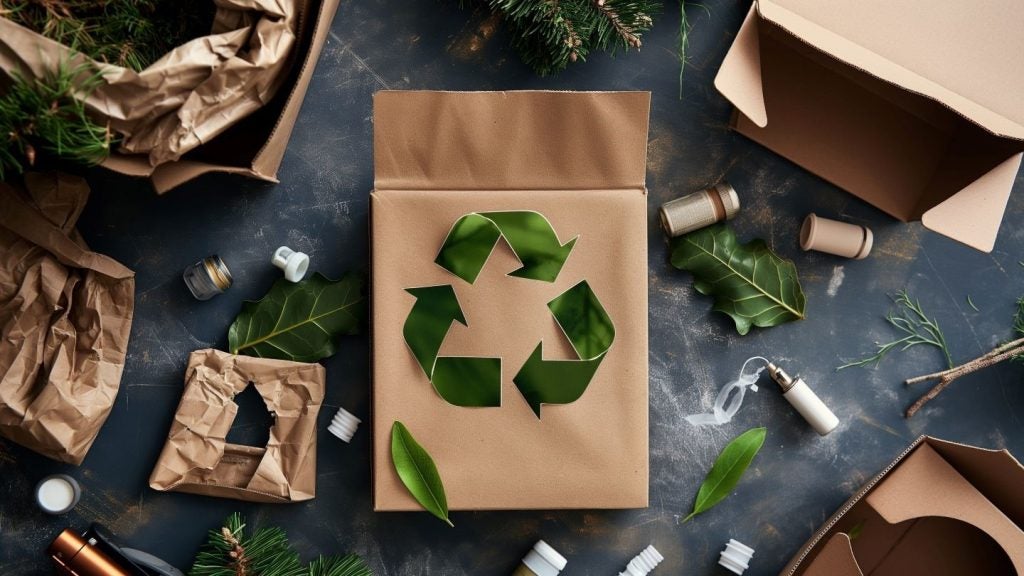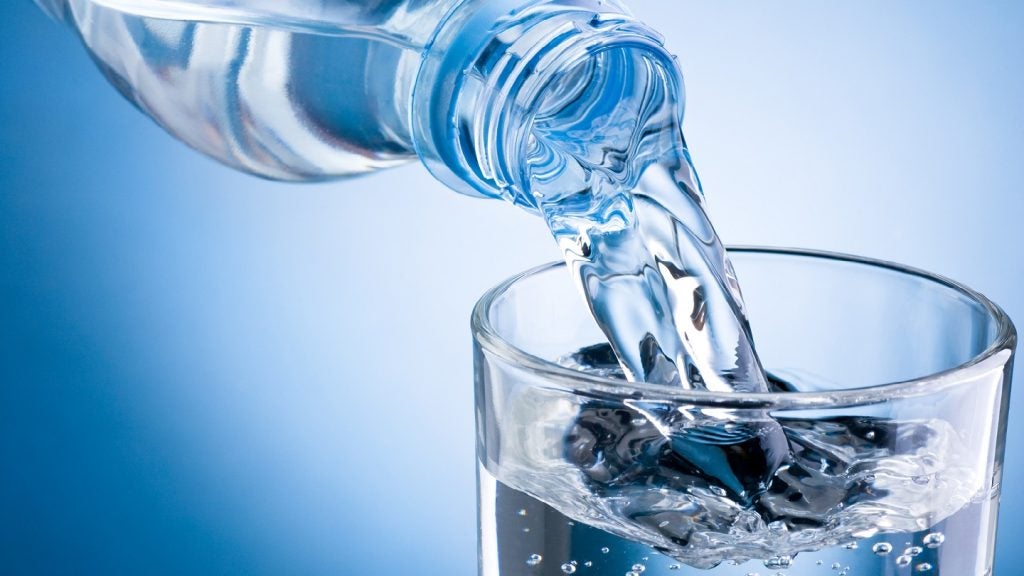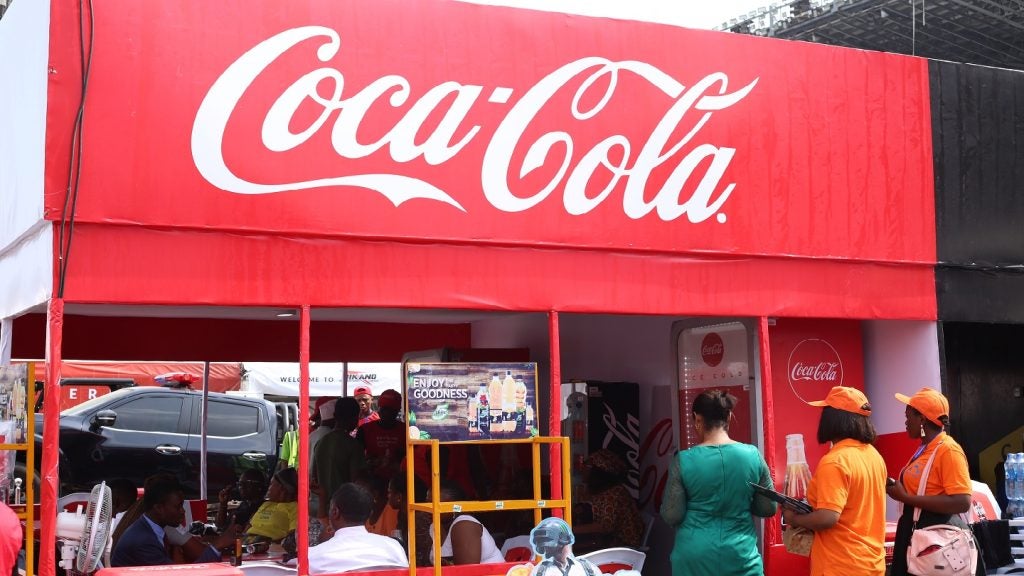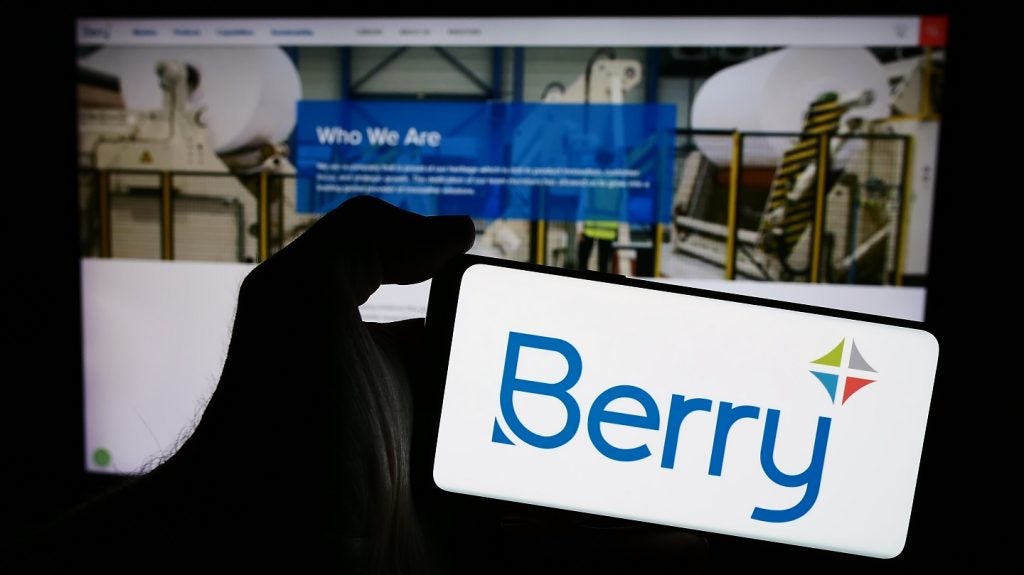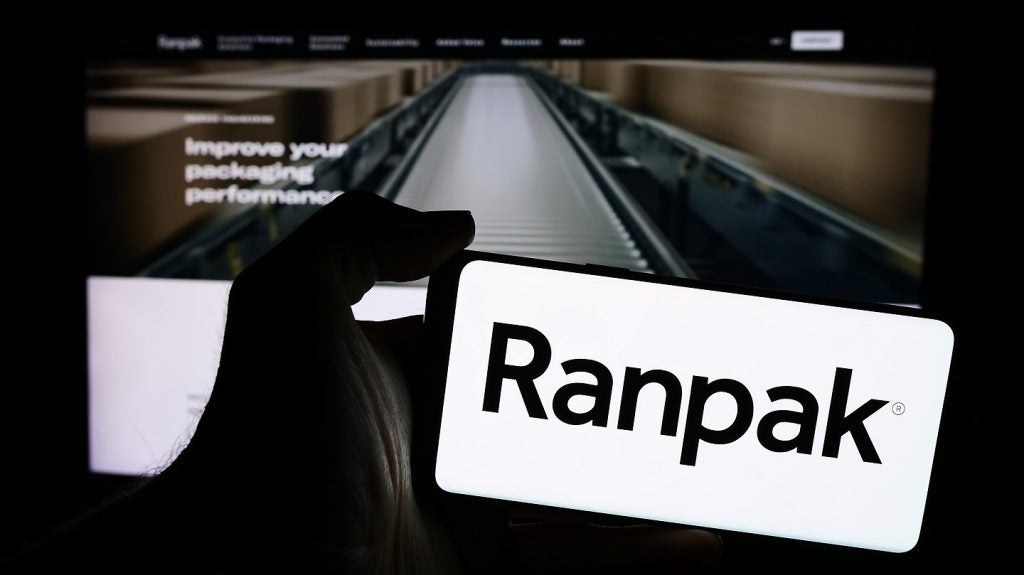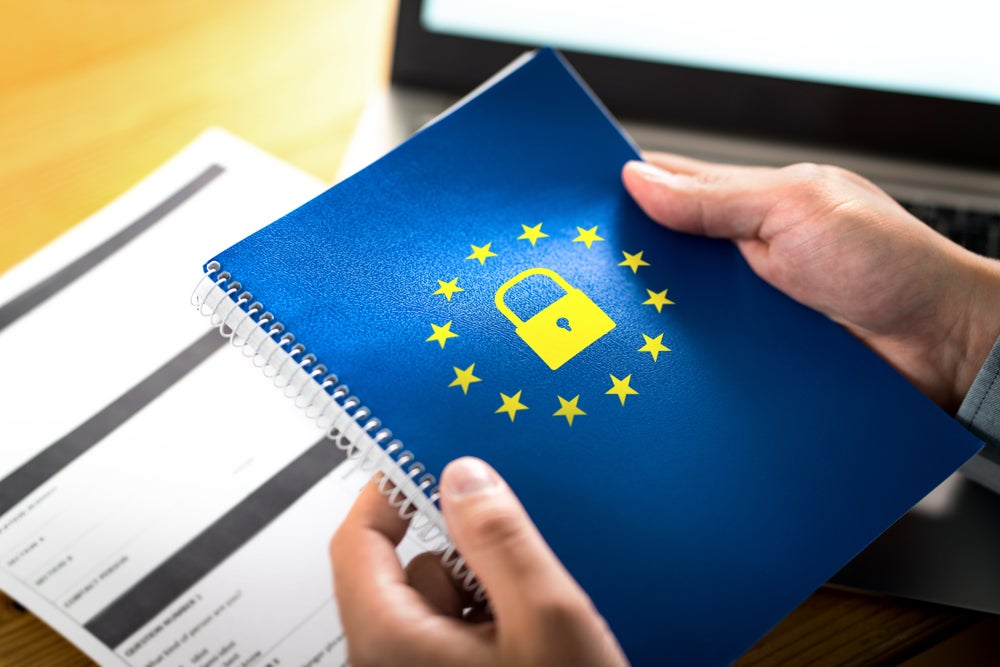The concept of a circular economy has gained significant traction as an alternative to the traditional linear economy. One of the critical components driving this shift is reusable packaging.
By reducing reliance on single-use materials and promoting the reuse of packaging, industries can contribute to a more sustainable and environmentally friendly future.
This article explores the impact of reusable packaging on the circular economy, the benefits it brings, and the challenges that lie ahead.
The shift towards reusable packaging
Reusable packaging is becoming increasingly important in efforts to create a circular economy. Traditional packaging models, which rely heavily on single-use materials, contribute significantly to environmental degradation.
In contrast, reusable packaging systems aim to keep materials in use for as long as possible, thereby reducing waste and conserving resources.
According to a report by Zero Waste Europe, setting a target of 50% reusable packaging by 2030 in the EU could cut CO2 emissions by 3.7 million tonnes and save 10 billion cubic metres of water and 28 million tonnes of material.
This approach aligns with the principles of the circular economy, which focuses on designing out waste and pollution, keeping products and materials in use, and regenerating natural systems.
By extending the lifecycle of packaging through reuse, businesses can significantly reduce their environmental footprint and contribute to a more sustainable economy.
Benefits of packaging
The benefits of adopting reusable packaging are manifold.
Firstly, it offers substantial environmental advantages. Reusable packaging reduces the need for raw materials, cutting down on resource extraction and associated environmental impacts.
For example, a study highlighted by the European Environment Agency indicates that fostering circular material use can minimise waste, improve resource efficiency, and reduce greenhouse gas emissions.
Moreover, reusable packaging can lead to significant cost savings for businesses and consumers. By investing in durable, reusable packaging solutions, companies can lower their packaging costs over time.
Consumers, too, can benefit from lower prices as businesses pass on savings from reduced packaging costs.
Reusable packaging systems can also create new economic opportunities and jobs in the collection, cleaning, and redistribution of packaging materials.
Furthermore, reusable packaging helps in mitigating the impact of plastic pollution. The proliferation of single-use plastics has led to severe environmental issues, including marine pollution and the accumulation of plastics in natural habitats.
Reusable packaging systems can drastically reduce the amount of plastic waste generated, contributing to cleaner oceans and a healthier environment.
Overcoming challenges
Despite the clear benefits, transitioning to reusable packaging is not without challenges. One of the primary obstacles is the need for a robust infrastructure to support the collection, cleaning, and redistribution of reusable packaging.
According to a report by the Government of the Netherlands, implementing effective reverse logistics systems is crucial for the success of reusable packaging initiatives.
This involves setting up efficient collection points, cleaning facilities, and distribution networks to ensure the packaging can be reused effectively.
Additionally, there is a need for standardisation and regulatory support to facilitate the adoption of reusable packaging. Currently, the lack of standardised designs and systems can pose a barrier to widespread implementation.
Environmental Coalition on Standards (ECOS) suggests that setting clear requirements for reusable packaging formats and systems can help overcome these challenges.
Policies that promote the use of reusable packaging and restrict single-use plastics can also drive the transition towards a circular economy.
Consumer behaviour is another critical factor. For reusable packaging systems to be successful, consumers need to be willing to return and reuse packaging.
This requires awareness and education campaigns to highlight the environmental benefits of reusable packaging and encourage responsible consumer behaviour.
The road ahead
The transition to reusable packaging is an essential step towards realising a circular economy. By keeping materials in use and reducing waste, reusable packaging can help create a more sustainable and resilient economic system.
As businesses, policymakers, and consumers increasingly recognise the benefits of reusable packaging, it is likely to play a pivotal role in shaping the future of the circular economy.
Efforts to promote reusable packaging are already underway in various regions. For instance, the EU has proposed ambitious targets and policies to support the adoption of reusable packaging.
Similar initiatives are being implemented in other parts of the world, reflecting a growing global commitment to sustainability and circularity.
Ultimately, reusable packaging represents a promising pathway to a circular economy. By addressing the challenges and capitalising on the benefits, we can pave the way for a more sustainable future where resources are conserved, waste is minimised, and environmental impacts are significantly reduced.


